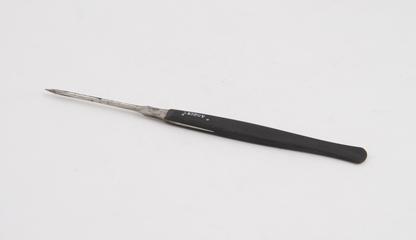

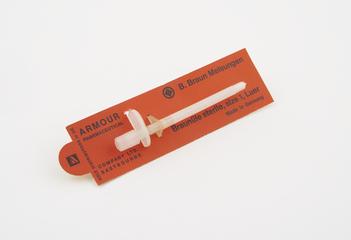
Needle, by B. Braun Melsungen

Touch needles for the assay of gold
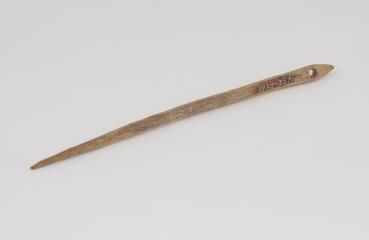
Wooden needle, Roman

Magnetic needle mounted on a metal stand
1900-1980
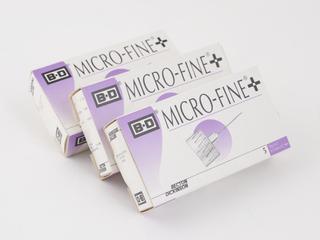
Three boxes of B-D Micro-Fine + sterile needles
1992
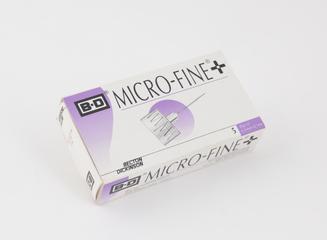
Packet of B-D Micro-Fine + sterile needles
1992
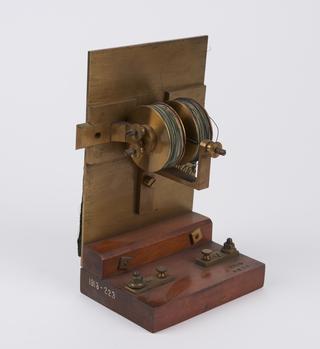
Portion of Highton's single needle instrument

Two Fox dip needles in carriers and ivory rubber
1851-1900
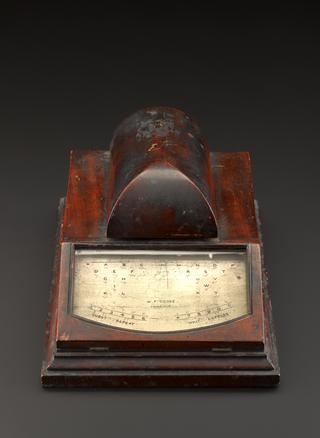
Original telegraph needle instrument

Seven guide needles for iridium - 192 pins
1981

4 hypodermic needles
1970-1980
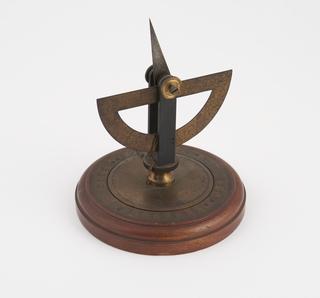
Dip-needle, demonstration model
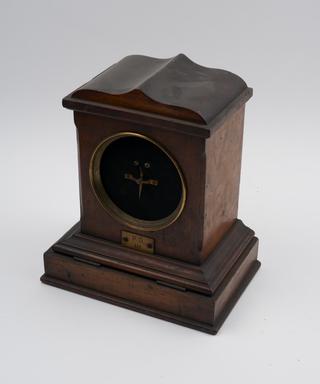
Small portable single needle instrument
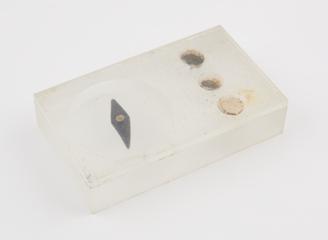
Ferromagnetic needle made by purely organic preparation originating from 2

Two dip needles used by Sir J.C. Ross, c.1840
1840
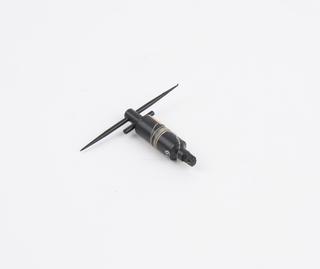
Vibration magnetometer needle, Searle type
1920-1969

Collection of twelve needles
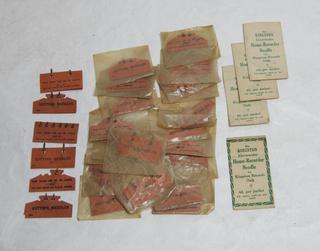
Needles for Kingston Home Recorder
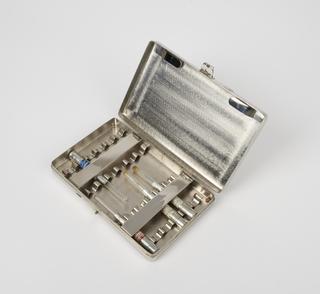
Seven hypodermic needles with measured quantities of injection, with steel case
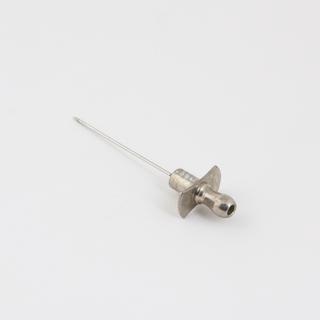
Pneumo thorax needle by Genito Urinary Co. London
1950
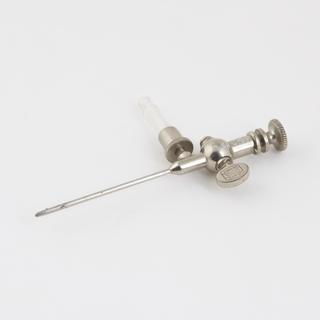
Pneumo thorax needle with glass side arm by Genito Urinary Co. London
1950

Pneumo thorax needle with wire keeper by Genito Urinary Co. London
1950
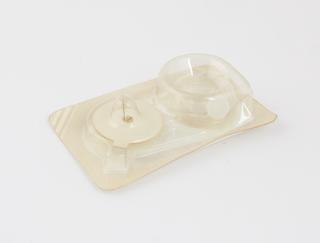
Sub-Q-Set subcutaneous infusion needle for use with insulin infusion device by Travenol Laboratories Inc.
1980-1990
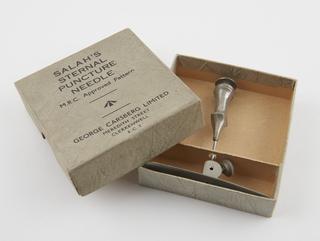
Salah's sternal puncture needle
Single needle instruments used for demonstrations
Seven Salah bone marrow needles
1900-1980
Box of 100 Novo Fine needles
1992
Needle cylinder: one of three, from ‘Golden Fleece’ knitting machine
1900-1920
Needle cylinder: one of three, from ‘Golden Fleece’ knitting machine
1900-1920
Pattern wallet of "Solila" stainless steel needles
Three sternal puncture needles
Vicat needle with Dashpot
Pneumo thorax needle with side connector by Genito Urinary Co. London
1950
needle; controlled drug; apomorphine
1908-1920
Two magnetic needles
Two hyperdermic needles, containing 'Tubunic' brand of morphine hydrochloride, 1.5 grains in 1cc solution for injection
Single-needle telegraph
Pair of astatic magnet needles connected by twisted wire (now bent)
1780-1798